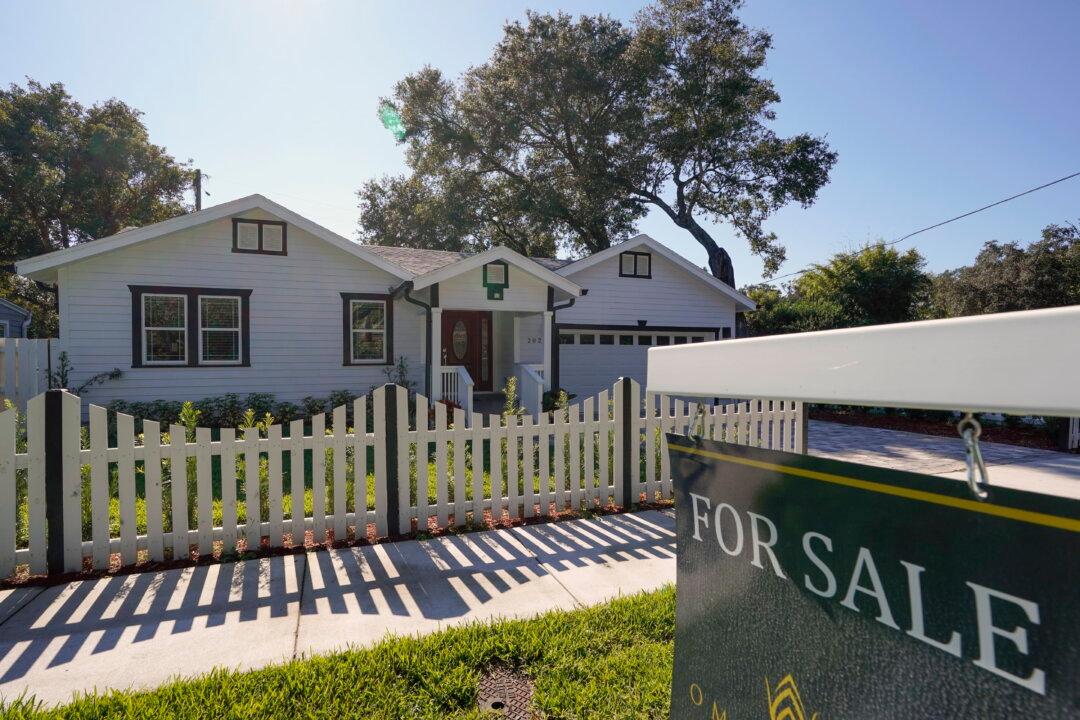Over the past two years, houses nationwide were going like hotcakes, with sellers often receiving tens or even hundreds of thousands of dollars over the asking price. Buyers often waived inspections and picked up some of the sellers’ costs in dire hopes of securing that coveted single-family home.
While the landscape has now changed because of higher interest rates, many parts of the country are still seeing bidding wars, and home prices aren’t yet experiencing a sharp decline. With inventory still lower than normal, many buyers remain hungry for a piece of the American Dream.





